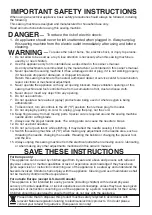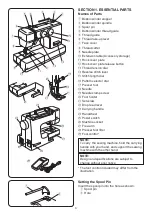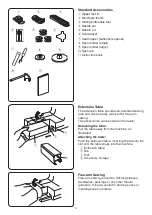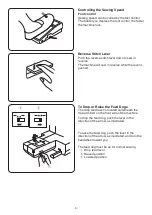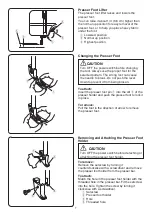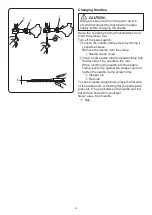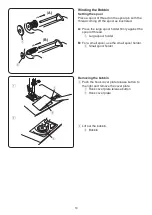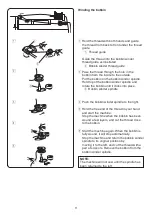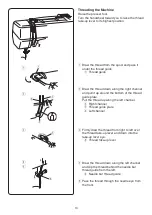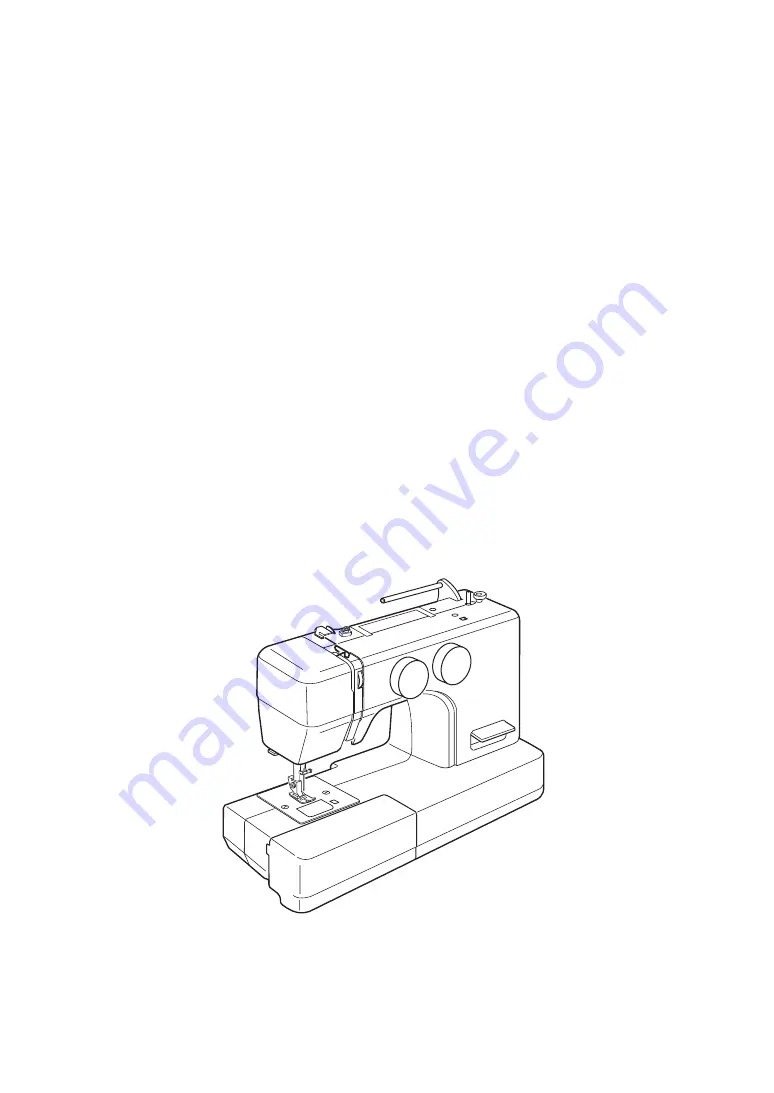Reviews:
No comments
Related manuals for 15

34
Brand: R.P.S. Corporation Pages: 23

CT601MP
Brand: Norton Pages: 20

FSELMNEPSPA
Brand: Fortis Pages: 12

Industrial Floor Stripper
Brand: Samurai Pages: 28

M3220
Brand: Singer Pages: 99

GF-1117 Series
Brand: Garudan Pages: 30

PhoneMate TC-520
Brand: Casio Pages: 40

EASY TURF TD-01
Brand: We R memory keepers Pages: 20

Surface Prep Machine 390
Brand: Sinclair Pages: 13

99-70-00-00
Brand: Contec Pages: 13

Ellisimo Gold 2 BLSOG2
Brand: Baby Lock Pages: 364

RS04-OC
Brand: XIMEA Pages: 19

NOVAMATIC NM 2830
Brand: FUST Pages: 49

DDL-900A
Brand: JUKI Pages: 52

DDL-9000C-F Series
Brand: JUKI Pages: 138

Raptor 230H
Brand: Clean master Pages: 21

Gigaset DX600A ISDN
Brand: Siemens Pages: 69

SP-MSP-001
Brand: Sportplus Pages: 60



